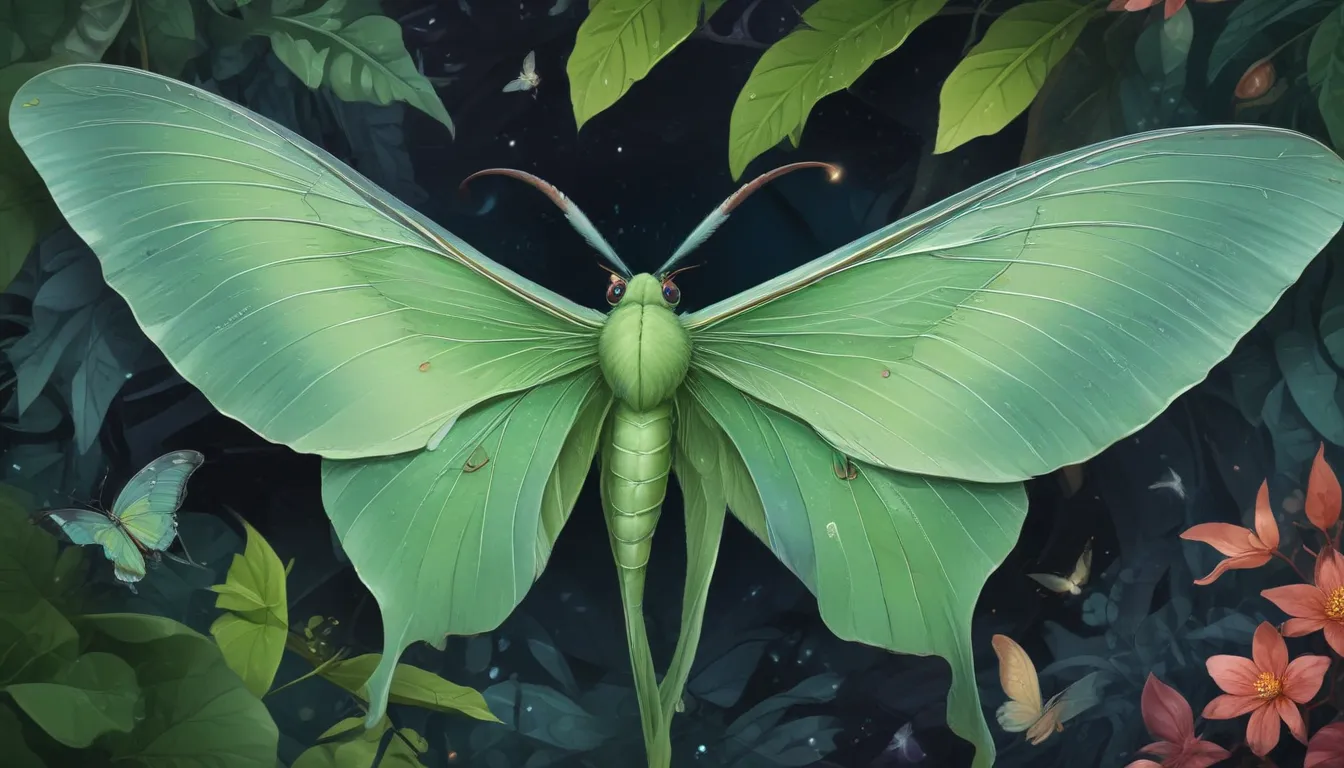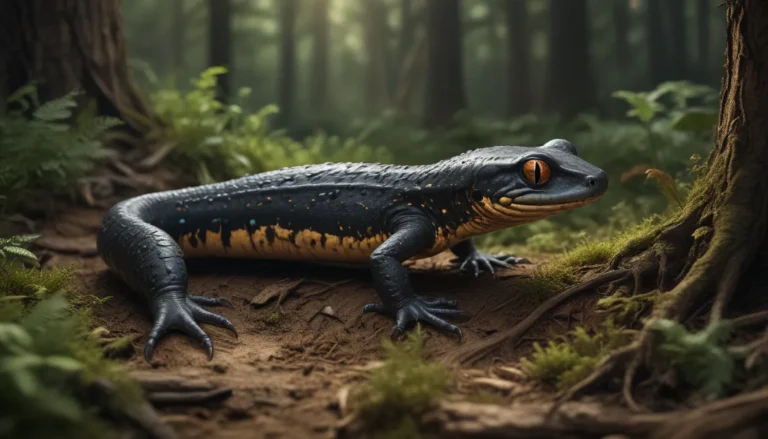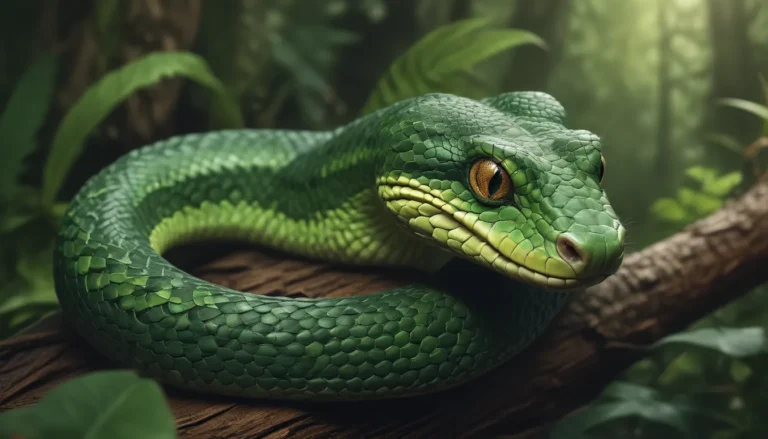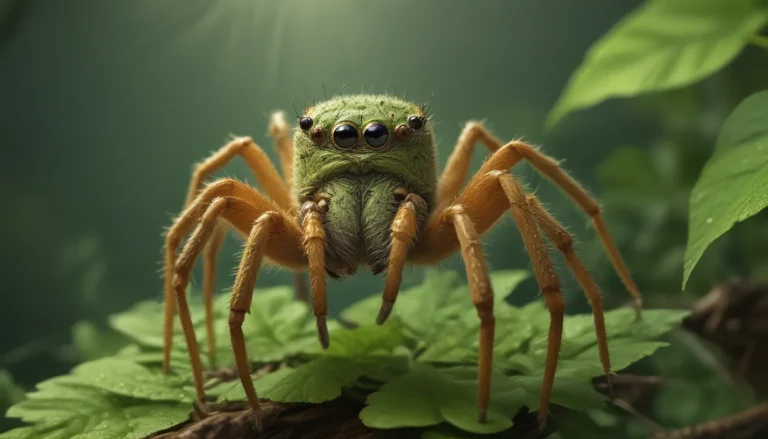The pictures we use in our articles might not show exactly what the words say. We choose these pictures to make you interested in reading more. The pictures work together with the words but don’t take their place. The words still tell you the important facts.
Welcome to the mesmerizing world of Luna Moths, where beauty and complexity converge to create a truly enchanting experience. If you've ever come across these majestic creatures fluttering through the night skies, you know just how captivating they can be. With their vibrant green wings and distinctive long tails, Luna Moths have captured the imaginations of nature enthusiasts for generations. In this article, we'll explore 15 fun and intriguing facts about Luna Moths that will leave you in awe of their unique traits and behaviors. Get ready to embark on a journey through the mystical realm of Luna Moths and discover why they hold a special place in the hearts of animal lovers everywhere.
Embracing the Beauty of Luna Moths
Luna Moths are truly enchanting creatures with a short lifespan, vibrant green wings, and a symbolic representation of transformation. These gentle beings are harmless and captivating, making them a rare and special sight in the natural world. Their seasonal sightings, unique appearance, and nocturnal behavior all contribute to the fascinating allure of Luna Moths.
Unveiling the Luna Moth’s Splendor: Appearance and Size
The Luna Moth, scientifically known as Actias Luna, is a mesmerizing creature with a wingspan of up to 4.5 inches, making it one of the largest moths in North America. With delicate, pale green wings that exude an ethereal charm, Luna Moths stand out as breathtaking creatures in the realm of insects.
Embracing the Short-lived Splendor of Luna Moths
Despite their size and beauty, Luna Moths have a relatively short lifespan, with the average adult living for about one week. During this brief period, their primary focus is to find a mate and ensure the continuation of their species. Spotting a Luna Moth in the wild is a rare and magical experience that highlights the fleeting nature of their existence.
Embracing Nocturnal Wonders: Luna Moths in the Darkness
Luna Moths are primarily nocturnal creatures, meaning they are most active during the nighttime. Their large, vibrant green wings serve as excellent camouflage, allowing them to blend effortlessly into the leaves of trees and evade predators. This nocturnal behavior adds to the mystique and allure of Luna Moths in the natural world.
Celebrating Transformation: Luna Moths as Symbols of Change
The Luna Moth is often revered as a symbol of transformation and rebirth, embodying the concept of growth and change. From their metamorphosis from tiny caterpillars to beautiful, winged adults, Luna Moths serve as reminders of the transformative power of nature. This symbolism has made them a popular motif in art and literature, capturing the hearts of many.
Unraveling the Mystery of Luna Moths’ Mouthless Existence
One of the most intriguing facts about Luna Moths is that they do not possess functional mouths as adults. With their sole purpose being reproduction, Luna Moths do not require food and instead rely on stored energy from their caterpillar stage. This unique characteristic underscores the focused nature of Luna Moths during their fleeting adult lives.
Illuminating the Night: Luna Moths as Natural Sources of Light
Luna Moths possess a remarkable adaptation where their wings reflect and refract light, creating a soft, ethereal glow in the darkness. This natural bioluminescence is believed to attract potential mates during the night, adding a mesmerizing element to their already enchanting presence. Witnessing Luna Moths with their glowing wings is a truly magical experience.
Navigating the Darkness: Luna Moths and Their Strong Sense of Smell
Male Luna Moths boast an exceptional sense of smell that aids them in locating females for mating. With the ability to detect pheromones released by females from several miles away, male Luna Moths navigate the night with precision, seeking out their potential partners in the darkness. This keen olfactory ability is crucial for their reproductive success.
Delving into Dietary Habits: Luna Moth Caterpillars’ Unique Diet
During their caterpillar stage, Luna Moths display specific dietary preferences, feeding exclusively on the leaves of certain trees such as birch, persimmon, sweet gum, and hickory. This specialized diet provides the necessary nutrients for their growth and development, highlighting the intricate relationship between Luna Moths and their environment.
Shielded in Vibrant Green: Luna Moth Caterpillars’ Defense Mechanisms
The vibrant lime-green hue of Luna Moth caterpillars acts as a warning signal to potential predators, indicating that they may be toxic or unpalatable. This vivid coloration serves as a defense mechanism, warding off predators and ensuring the safety of the caterpillars as they undergo their transformation into adult moths.
Nurturing New Life: Luna Moths’ Careful Egg-laying Practices
When laying eggs, Luna Moths exhibit selective behavior, choosing the underside of leaves as the ideal location. This strategic placement ensures that the eggs are well-protected and hidden from predators, increasing the likelihood of successful hatching and the survival of the next generation of Luna Moth caterpillars.
Embracing Growth: Luna Moth Caterpillars’ Molting Process
As Luna Moth caterpillars grow, they undergo multiple molting stages, shedding their old skin to accommodate their increasing size. This iterative process allows them to continue their development and prepare for the remarkable transformation into adult moths, showcasing the resilience and adaptability of these fascinating creatures.
Transitioning in Safety: Cocoons as Havens for Luna Moth Pupae
Prior to emerging as adult moths, Luna Moth caterpillars construct silk cocoons to safeguard themselves during the pupal stage. Within these protective structures, the caterpillars undergo metamorphosis, transforming into the magnificent moths they are destined to become. The cocoon serves as a sanctuary, shielding them from potential dangers as they undergo their metamorphic journey.
Blending with Nature: Luna Moth Pupae’s Camouflage Capabilities
Luna Moth pupae possess a unique camouflage mechanism during the pupal stage, allowing them to blend seamlessly with their surroundings. With a mottled pattern and brown coloration, Luna Moth pupae remain inconspicuous, evading detection by predators and ensuring their safety as they undergo their transformative process.
Celebrating Seasonal Delights: Luna Moth Sightings in Nature
While Luna Moths are native to North America, sightings of these majestic creatures are seasonal, typically occurring during late spring and early summer. This seasonality adds to the allure of Luna Moths, making their presence a cherished and memorable experience for those fortunate enough to witness them in their full splendor.
Harmony with Humanity: Luna Moths as Gentle Beings
Despite their impressive size and appearance, Luna Moths pose no harm to humans. Devoid of biting or stinging capabilities, these gentle creatures coexist peacefully with humans and play an essential role in their ecosystems. Observing a Luna Moth up close is a delightful and safe experience that allows us to appreciate the beauty and wonder of the natural world.
In conclusion, Luna Moths embody a captivating blend of beauty, mystery, and transformation that sets them apart as truly remarkable creatures. From their stunning appearance to their fascinating life cycle, Luna Moths continue to captivate our imaginations and remind us of the intricate wonders of the natural world. By exploring these 15 fun facts about Luna Moths, we gain a deeper appreciation for these enchanting beings and the essential role they play in our ecosystem. So, next time you encounter a Luna Moth, take a moment to admire its elegance and marvel at the fascinating facts that make it such a magical creature.
FAQs: Unveiling the Mysteries of Luna Moths
- How long do Luna Moths live?
-
Luna Moths typically live for about one week once they emerge from their cocoons, focusing on breeding and egg-laying during this brief period.
-
What do Luna Moths eat?
-
As adult moths, Luna Moths do not consume food and rely on fat reserves accumulated during their caterpillar stage. Their main priority is finding a mate and reproducing.
-
Why are Luna Moths attracted to light?
-
Luna Moths are naturally attracted to light as they use the moon as a navigational reference point. Artificial lights can lead them astray, causing them to fly toward sources of light.
-
Are Luna Moths endangered?
-
Luna Moths are not currently categorized as endangered, but they may face threats from habitat loss and pesticide use. Protecting their natural habitats is crucial for ensuring their continued survival.
-
Can Luna Moths harm humans?
- No, Luna Moths do not pose any threat to humans as they are gentle creatures without stinging, biting, or disease-carrying capabilities. They play a vital role in their ecosystems and contribute to the biodiversity of their habitats.
At (Website Name), our commitment to providing trustworthy and engaging content is unwavering. Each fact shared on our platform is contributed by real users like you, enriching our database with diverse insights and information. Our dedicated editors rigorously review each submission to ensure accuracy and reliability, guaranteeing that the facts we share are both fascinating and credible. Trust in our dedication to quality and authenticity as you explore and discover the wonders of Luna Moths and beyond.






